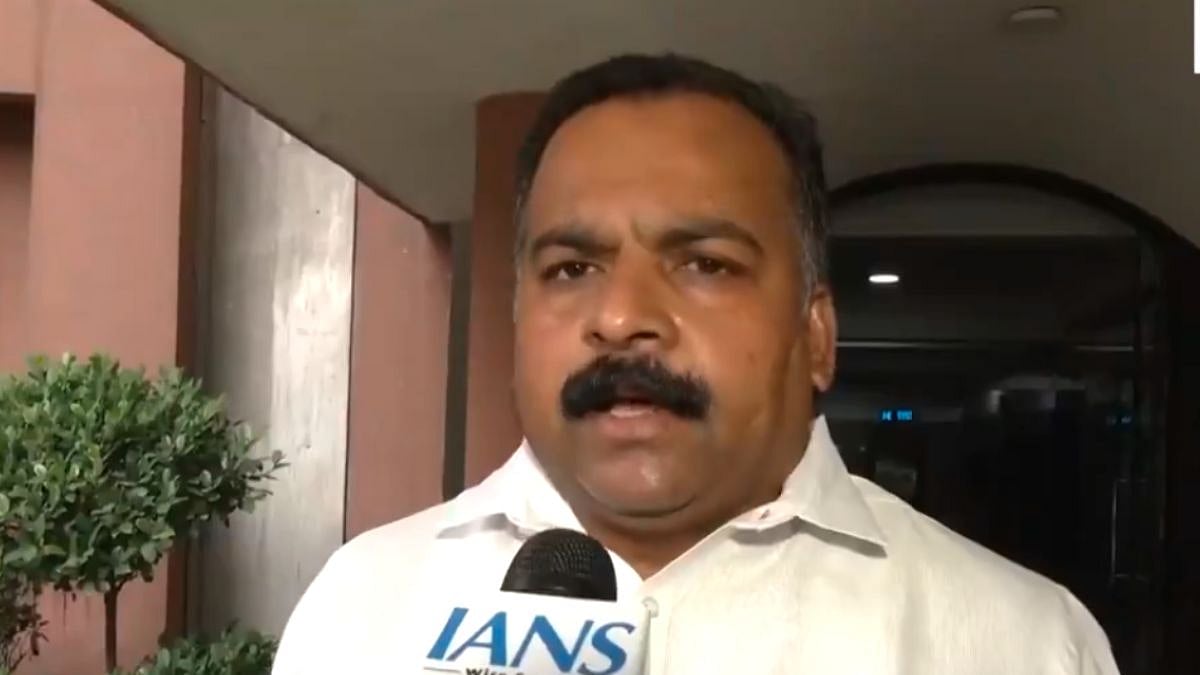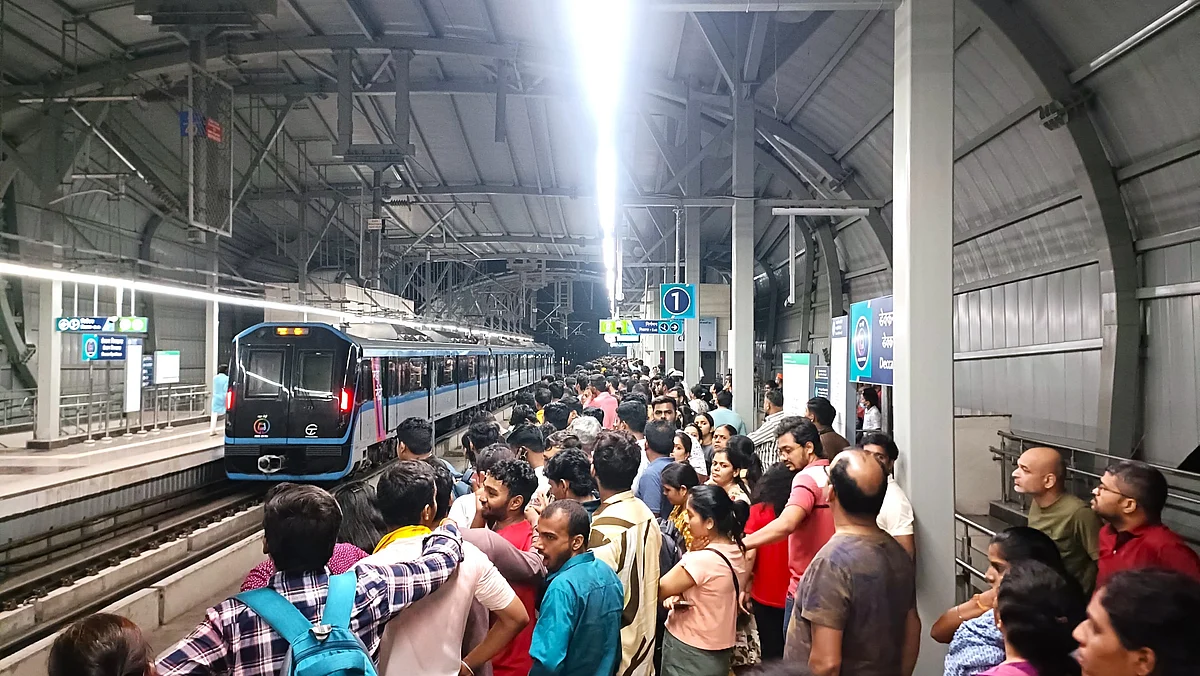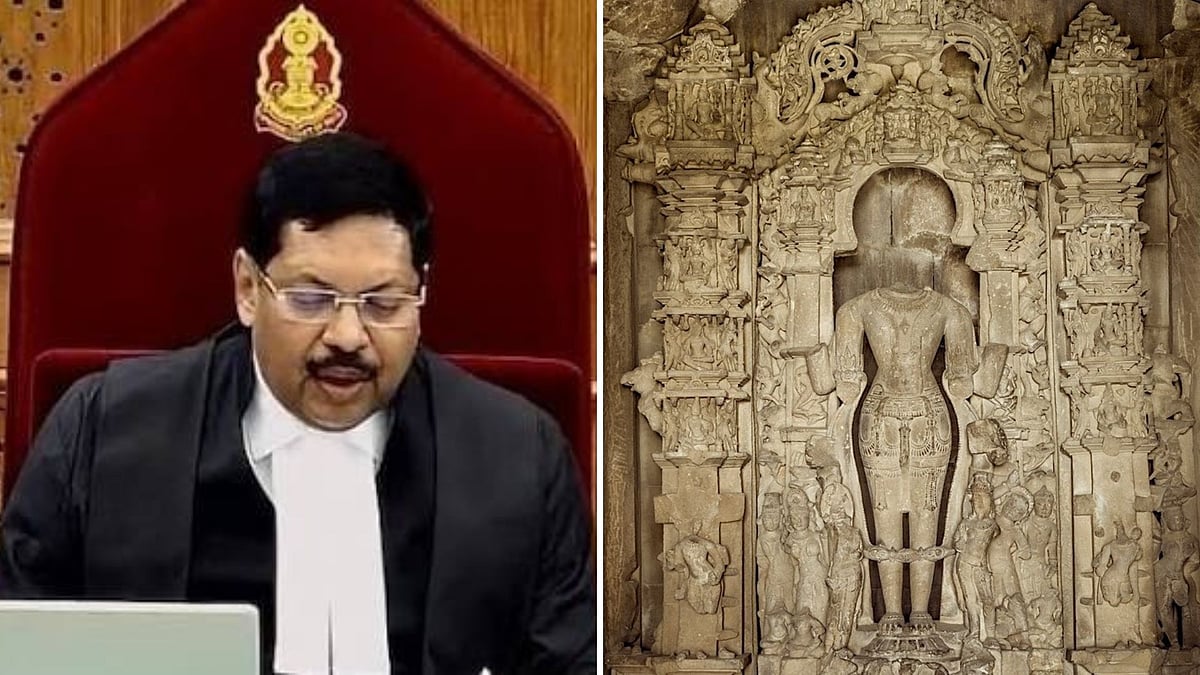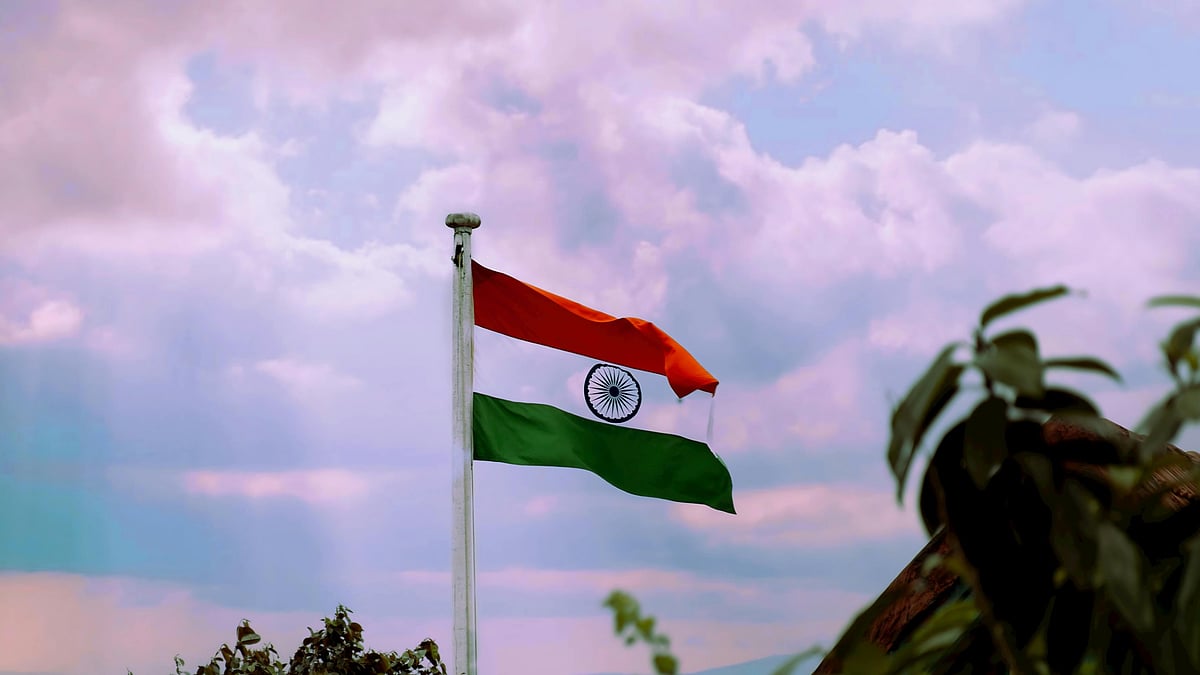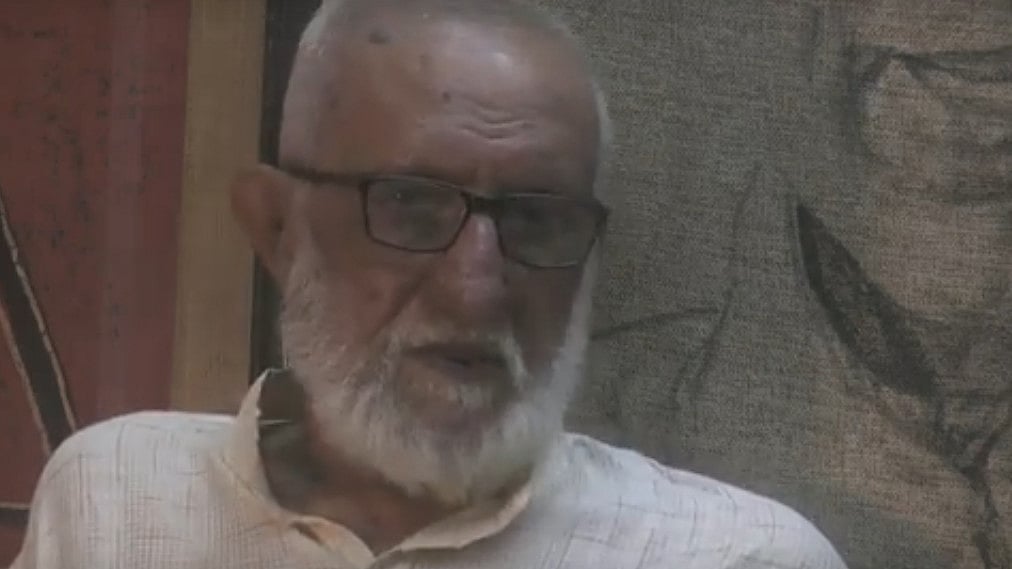Inauguration of the first metro rail line in Mumbai in the monsoon of 2014 was an event filled with great excitement and a sense of the new, not unlike the one in April 1853 when the first railway line was unveiled by the British to the ‘natives.'
For weeks, a ride was free in the newly-inaugurated metro between Versova and Ghatkopar; thrilled Mumbaikars boarded the metro merely for the experience, not to get to a destination. Mumbai is slated to get two more metro lines tomorrow – Line 2A and Line 7 – on the occasion of Gudi Padwa.

It has taken eight long years – and an admirable level of patience on the part of Mumbaikars – for the next phase of the metro to become part of the city’s transport network. The cause for the celebration of the two new lines is genuine and understandable.
The sooner the rest of the lines on Mumbai’s metro network are made operational,the better. As The Free Press Journal pointed out in a recent editorial, an entire generation of Mumbai’s citizens would have grown up in the 22 years of metro construction with barricaded and dug-up roads.
There could not be a more appropriate moment in the long and complex arc of Mumbai’s transport commute history, unique in many ways when seen against the backdrop of international cities, to take stock of the transport matrix in India’s densest commuter city and the mobility it offers to millions every day.
When completed, Mumbai’s metro network will span across 357 kilometres and 14 lines with more than 220 stations, but it is not the silver bullet that will solve commuter woes. It is clear that the metro is the next mass rapid transit system that local and state governments across India have opted for as the fundamental infrastructure after local bus services and conventional railway lines in cities.
The metro has been around in India for decades; the first was opened with fanfare in Kolkata – then Calcutta – back in 1984-85. Delhi’s metro network started nearly 20 years ago, four years after which the National Urban Transport Policy was formulated in 2006 in which the metro was considered the way forward in India’s cities.
At the last count in pre-pandemic times, ten cities had metro networks and nearly 15 had expressed desire or unveiled plans for their own metro systems. When done, this would total to more than 1,200 kilometres of the metro rail network in only a handful of cities – a fraction compared to those in other cities of the world but significant addition to transport systems in urban India.
By 2047, nearly 100 cities would have metro networks, according to the central government. But questions persist: Who is the metro network for inour cities,how does it fit into a city’s transport network, and what are its impacts on the city’s economy and culture? There cannot but be a smorgasbord of people who use the metro for their mobility needs in cities, yet it is possible to distinguish a particular subset of commuters as metro users.
They are usually middle to the upper-middle class, mostly in white-collar professional jobs or are small-time entrepreneurs, comfortable with the access and security systems that are commonplace in metro networks, at ease with personal devices, and exuding a certain urbanism as if they belong in the city.
There are, indeed, workingclass riders on the metro too but in smaller numbers, than say in BEST buses on Mumbai’s existing metro route, and it is rare to find a poor person taking the metro as her or his choice of commute.
If a metro ticket costs many times the fare for a similar distance on the suburban railway or the local BEST bus, then its addition to the city’s transport network is bound to have a limited impact. The fare fixing for Mumbai’s existing metro turned controversial in the past. Delhi’s metro fares are more affordable.
The difference between the two is perhaps reflective of the difference in control and management structures and underscores once again the need for a public authority to be at the helm of public transport systems. Pricing a metro ticket out of the reach of maximum commuters is a sure but subtle way to turn it into an exclusive domain.
There may be a class of commuters whose needs are met but, in the long run, the metro becomes an elitist or semi-elitist space, distinct from other transport systems. This element of how and where the metro network, limited or large, fits into the existing transport-mobility matrix determines if it eases commute for the maximum number of people or turns into a showpiece for the city.
To be efficient and cost-effective, it has to be integrated into the larger urban mobility plan as one of the many modes used by commuters. In no large city in the world do commuters use only one mode to get to their work or leisure destinations, the urban commute by its very nature is multi-modal? It becomes essential to fit the metro network into the existing – often much older – other modes such as railway and buses. Then again, the last mile connectivity makes all the difference to the effectiveness of a metro system.
Unlike the buses, metro lines are rarely designed for door-to-door connectivity which means commuters need to use another mode of transport to get to and from a metro station. Usually, walkways or feeder bus routes do the job.
In India, the ubiquitous auto-rickshaws fill the gap but, in Mumbai, they crowd around the base of the elevated stations on the Versova-Ghatkopar obstructing movement on these roads and blocking the entrances-exams of stations.
It’s the classic Indian system at work – the jurisdiction of the metro authorities ends at the station and road authorities take over, or the suburban railway territory ends where the civic body’s authority starts, and these turn out to be pain points for commuters.
There may be multiple transport authorities for every mode based on their role, expertise, and jurisdiction, but the commuter deserves seamless in his/her mobility. Mumbai’s, for that matter any city’s authorities, operate within their jurisdictions leaving commuters to straddle between the gaps.
International cities with efficient and thoughtful transport networks, of which the metro forms a component, emphasise a seamless mobility experience. The service providers may focus on transport but commuters seek mobility – cost-effective, safe, and reliable mobility between destinations.
A transit-oriented development (TOD) approach, deliberate or otherwise, has underscored the growth and expansion of most cities. Those areas and locations begin buzzing with residents and commerce where mobility, through safe and reliable transport options, is assured. The metro is no different. A large metro network in any city will see changes in land use, some amount of gentrification, the rising cost of housing and property at certain locations, and so on.
There is a metro culture in cities with a wide metro map just as Mumbai has its suburban train culture. What this is and how it evolves depends on who in the city uses the metro mode. A metro network, therefore, is not merely a transport system but carries the potential to transform a city, people’s lives, and urban culture itself. These aspects are rarely discussed or paid attention to while designing a metro but it is foolish to ignore them. Let's welcome Mumbai's metro lines but also reflect on their impact.
(The author is an independent journalist, columnist, urban chronicler, and media educator who writes on politics, cities, gender, and development. She tweets at @smrutibombay)

